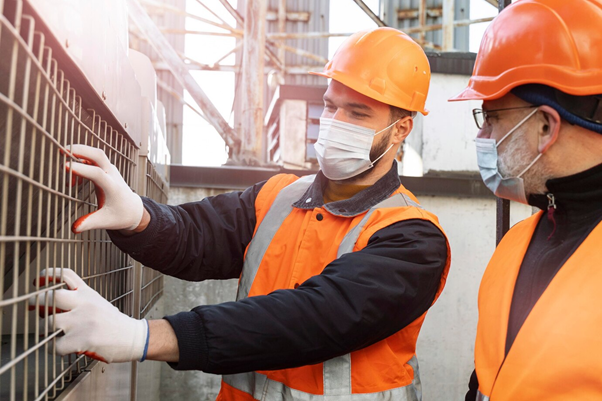Worksites stand out as an exclusive work atmosphere compared to the typical workplace. This is because work sites are naturally riskier due to the presence of heavy machinery and equipment.
Who is accountable for a safe working environment, and once recognized, how do you uphold it? Employers are responsible for ensuring a safe work environment, but managers, supervisors, and general workers also play a role.
However, with proper workplace safety training, you can eliminate any danger that may compromise safety. Here, we will discuss five ways to ensure workplace safety.
Partner with Occupational Clinicians
Occupational medicine clinicians can offer appreciated awareness of workplace injury and inhibition. These clinicians can help you stop work damage by visiting your worksite and detecting areas with a high danger of worker injury.
Physical and occupational counselors can also improve workplace ergonomics. They also develop human presentation assessments to help you screen applicants for physically challenging roles and assist in the return-to-work procedure.
Create a Safety Committee
Create a workplace well-being and safety committee comprising workers from diverse sectors, from senior administration to shop-floor-based workers. The committee should meet monthly to inform employees and senior management about safety topics, inspections, injuries, and other safety-related issues. Digital signage systems should be used to divide central safety information among the whole labor force.
Similarly, departmental safety conferences should be held once a month or quarterly to ask for worker responses. Receiving consistent responses from workers is supportive because it opens managers’ eyes to potential dangers that may have disappeared and been overlooked. Managers can gauge worker well-being, promoting appreciation and improving mental health and productivity.
Reduce Workplace Stress
Workplace stress has many causes, including workload, work alteration, fights between workers, struggles between workers and supervisors, and exposure to unfriendly circumstances. Whatever the reason for stress, it can harm workers’ well-being.
This can cause headaches, body pains, forgetfulness, anxiety, and depression, posing safety concerns for workers operating tools and machines.
Employers can lessen workplace stress by pointing out the basis. The Canadian Centre for Occupational Health and Safety (CCOHS) mentions these instances: If the workplace is too vulgar, managers should implement control actions to contract with the noise where possible. Managers can alleviate pain in workers by redesigning workstations to minimize repetitive and strenuous movements.
Provide Quality Personal Protective Equipment (PPE)
Ensure all workers are fortified with PPE and that they encounter the values of the worksite. Construction sites require workers to wear safety gear such as safety glasses, hi-vis t-shirts, hard hats, and steel-toed boots in vigorous environments. Workers may require other particular equipment depending on their role.
Workers run a severe risk of injury if they enter the site before they have put on all required PPE. Offering insufficient PPE poses an equal risk. Workers rely on PPE; they risk suffering significant consequences if it fails. Height Safety Equipment Inspection is also helpful for worker safety.
Update Your Facilities
For the awareness of highlighting the culture of safety, organizations must keep their facilities updated continuously.
Many choices for achieving this goal include keeping the construction materials and areas clean.
Suppose you’re running a facility that has a high danger of hazards. Consider changing it into an intelligent building for ideal feedback on daily circumstances. This can allow movable monitoring, automatic cautions of area dangers, and other features that make for quicker problem-solving and troubleshooting.

